CSR review: 2D MXenes for supercapacitors
QQ Academic Group: 1092348845
Detailed
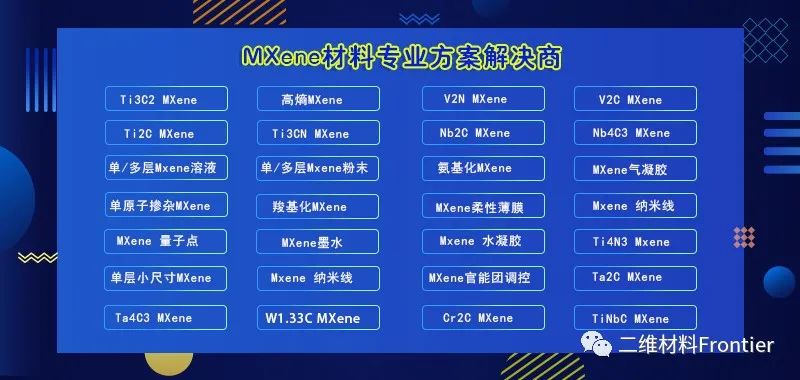
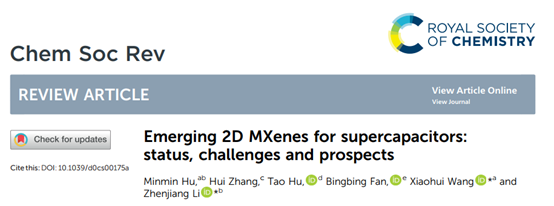
 Since the advent of Ti3C2Tx in 2011, MXenes have opened up a whole new field of research in the field of 2D inorganic functional materials. Their inherent electronic conductivity, superhydrophilicity, rich surface chemistry, and layered structure have attracted the attention of many researchers. This can be confirmed by the exponential growth in the number of MXene research papers in recent years. The unique properties and ease of processing make it a material with great application potential in many research fields, especially in the field of energy storage represented by supercapacitors. Recently, researcher Wang Xiaohui from the Institute of Metal Research, Chinese Academy of Sciences and Professor Zhenjiang Li from Qingdao University of Science and Technology published a review article entitled: Emerging 2D MXenes for supercapacitors: status, challenges and prospects in the top international academic journal Chem. The research progress in the application of supercapacitors, from the perspective of preparation methods, explores its influence on the structure and structural chemistry of MXenes.
Since the advent of Ti3C2Tx in 2011, MXenes have opened up a whole new field of research in the field of 2D inorganic functional materials. Their inherent electronic conductivity, superhydrophilicity, rich surface chemistry, and layered structure have attracted the attention of many researchers. This can be confirmed by the exponential growth in the number of MXene research papers in recent years. The unique properties and ease of processing make it a material with great application potential in many research fields, especially in the field of energy storage represented by supercapacitors. Recently, researcher Wang Xiaohui from the Institute of Metal Research, Chinese Academy of Sciences and Professor Zhenjiang Li from Qingdao University of Science and Technology published a review article entitled: Emerging 2D MXenes for supercapacitors: status, challenges and prospects in the top international academic journal Chem. The research progress in the application of supercapacitors, from the perspective of preparation methods, explores its influence on the structure and structural chemistry of MXenes.

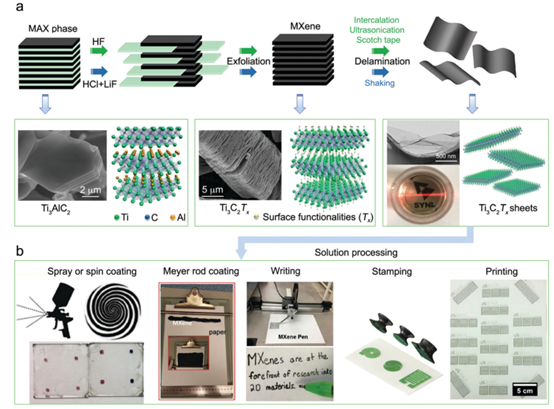
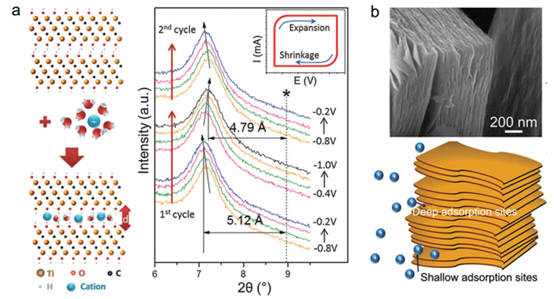
Figure 2. Schematic diagram of electrochemical in-situ XRD study and cation intercalation of Ti3C2Tx in KOH solution.
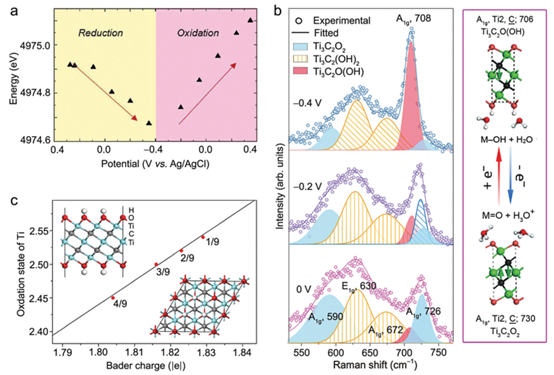
Figure 3. Electrochemical in situ XAS data.
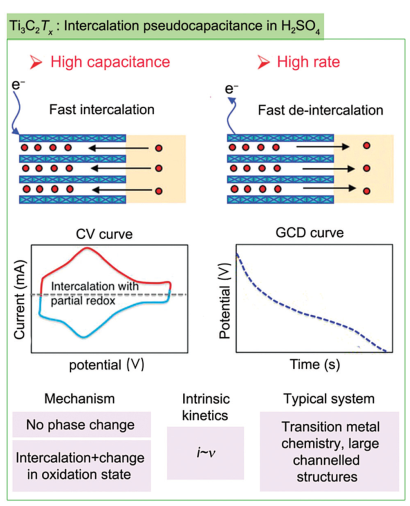
Figure 4. Charge storage mechanism of intercalated pseudocapacitors.
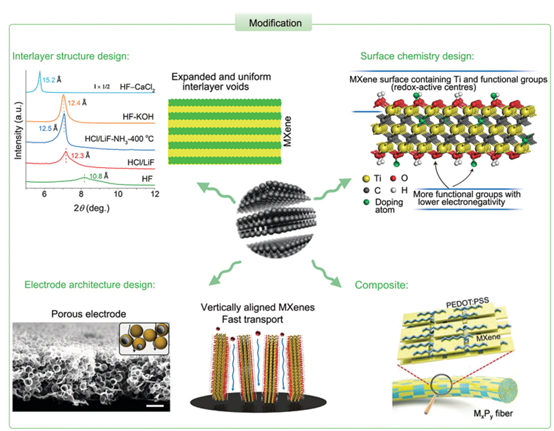
Figure 5. Improved design strategies for MXenes, including interlayer structure design, surface chemistry design, and electrode structure design.
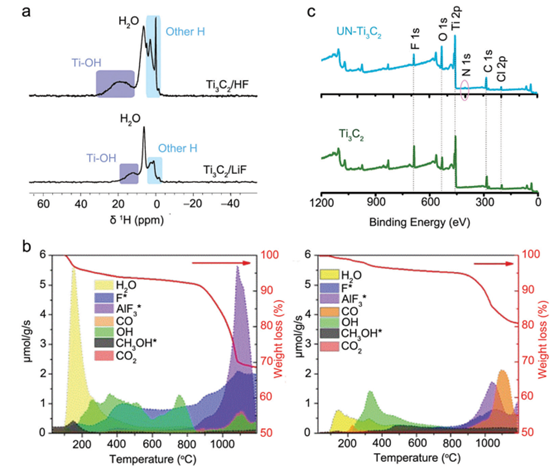
Figure 6. 1H NMR peaks of MXene synthesized by HF and HCl/LiF
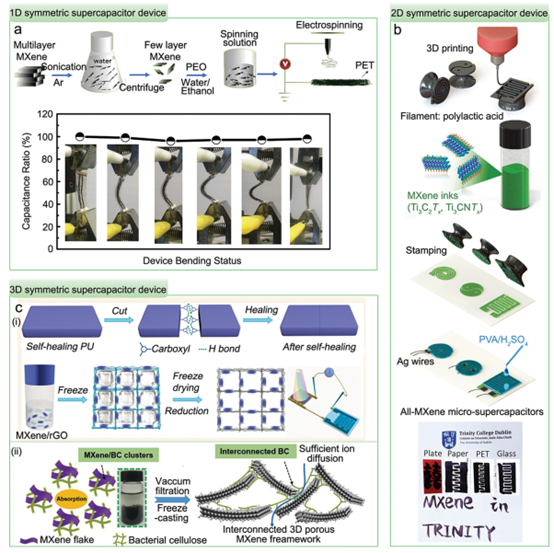
Figure 7. MXene-based symmetric supercapacitors with different dimensions
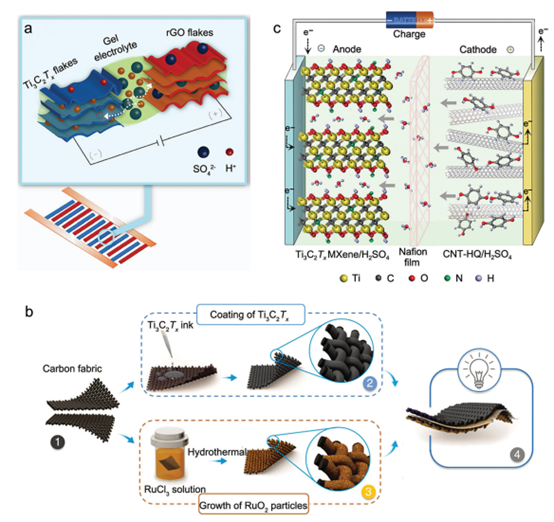
Figure 8. Schematic diagram of the assembly of some MXene-based supercapacitor devices.
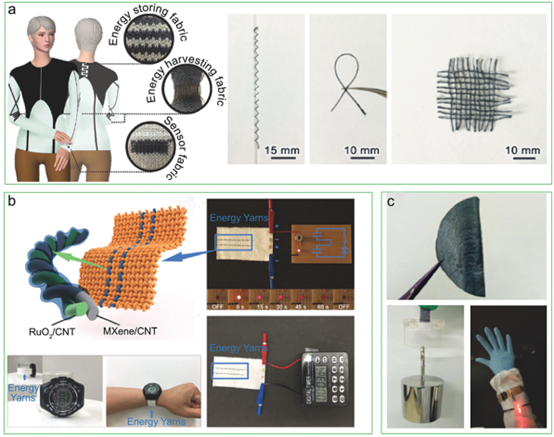
Figure 9. Representative MXene-based supercapacitor device.

The 2D structure, good hydrophilicity, high mechanical stability, and unique optical properties of MXenes make MXenes a very promising class of electrode materials for different types of supercapacitors, including 1D, 2D and 3D symmetric and asymmetric supercapacitors, micro-supercapacitors, and transparent supercapacitors, to name a few. Although great progress has been made, there are still many problems and challenges to be solved by researchers.
i) Currently, HF and HCl/LiF etching are the most commonly used MXenes etching methods, both in laboratory and large-scale production, their toxicity is a big problem, so it is necessary to explore safe, reliable, and low-cost methods Etch existing and new MXene materials.
ii) Currently, more than 100 MXenes have been predicted, but only 30 MXenes have been successfully synthesized, and exploring the etching of new MXenes is very important for the development of the entire MXene material;
iii) Many studies have shown that the surface chemical composition and state have a great influence on the electrochemical performance of MXenes in acidic solutions. Therefore, it is very important to characterize its surface. However, there is still no effective characterization method to distinguish functional groups such as hydroxyl, fluorine and oxygen.
iv) The research on the application of MXenes in supercapacitors is mainly focused on aqueous systems, and the electrochemical properties of MXenes in organic solvents and ionic liquids are rarely studied, which is also a future development direction.
v) Chemical and thermodynamic stability is an important parameter for materials. It is easy to be oxidized in the presence of water or oxygen. Therefore, how to control the long-term stability of MXene needs to be deeply studied. Although some antioxidants have been applied, effective methods to improve the antioxidant capacity of MXene still need to be studied urgently.
Literature link:
DOI: 10.1039/d0cs00175a
- Previous: AM Roundup: MXenes for
- Next: MXene breakthrough: Na


 mxene academic
mxene academic